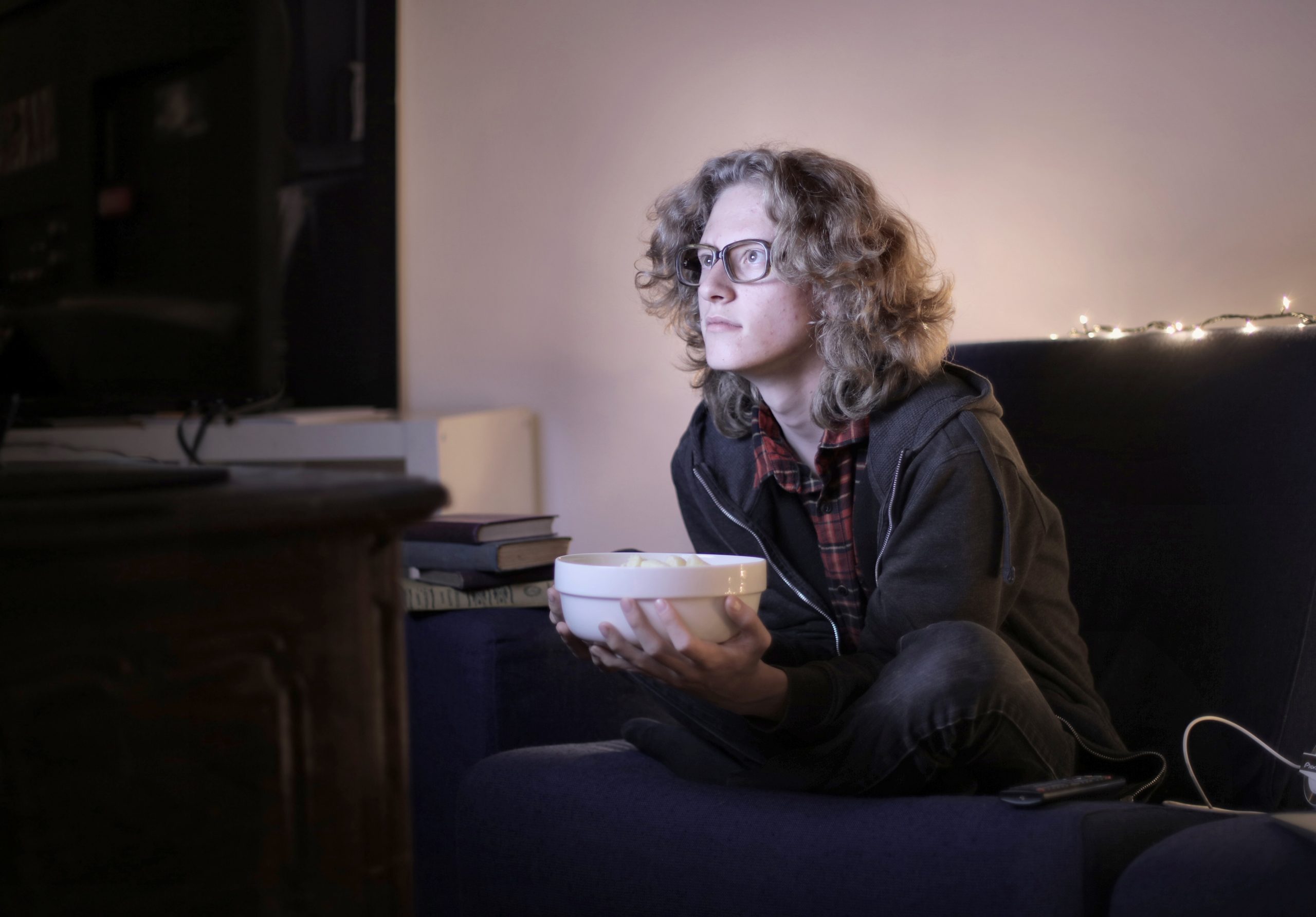If you are amongst the lucky ones to have a cinema within the comfort of your home, then there are some things you should know about one of the most important details- lighting. Creating and installing perfect cinema lighting is a serious project, and it demands careful planning with all the propositions of the room considered. Making the home cinema is a high-end remodeling concept and it is much more than a fancy sofa, screen, and projector. There are certain requirements when it comes to light positioning and control of the outside light so that your projector adds the ability to cast a large and sharp picture as one from the movie theaters, and here are some tips on how to choose the perfect lighting for your home cinema.
Different Types of Lightning
Depending on the design of your cinema room, there are also some lighting requirements that cannot be ignored, therefore, there are different styles of lighting used to form unique experiences so that they will fit the room perfectly. Hence, here are some types of lighting explained.
LED Downlights
The above lighting can make your home cinema fantastic looking, but you will need more light than it needed for simple navigation of the room. Additionally, if your home cinema contains a gaming area and bar, then LED downlights installed underneath your seats will create pools of light that will naturally lead you to your seat and help you better navigate the space. Also, these lights will prevent effects like glare and distracting reflections.
Star Light Ceilings
These lights look dreamy and will give a special charm to any room. The best part is that they can remain on when the movie is projected. When on the quest to choose the right lighting for your home cinema, starlight ceilings are definitely a good solution. They are not just aesthetically pleasing but will give you enough light so that you are not completely engulfed in darkness. A possible flaw of this lighting can be long and time-consuming installation.
Stair Lighting
First things first, when constructing a home cinema, you need to pay attention to how the rows will be positioned, and you must bear in mind that every next row needs to be elevated from the row before you so that all can clearly see the screen. However, with the rows come stairs as well, so you need to consider getting an extra layer of lighting similar to the commercial cinema. It is of great importance to install lights at the downside of the stairs or on the wall next. Either option is great and will give enough light for orientation without any negative effects on the screen.
Cove Lighting
This is one amazing visual means that will make your room look visually higher, and this effect is achieved through the installation of the LED stripes along the cove or top edge of the room. This is one easy way of integrating LED striped straight forward and incorporating it in the fabric of the wall all together with the actual diffuser, making it look fully integrated. These lighting systems can be controlled, so if you want dimmer lights for an even better experience, then you should definitely go with this one.
Table Lamps
The purpose of this type of lighting is quite obvious and it is used to make an addition to your home cinema on the aesthetic level and add to the practicality. Usually, when the construction of the cinema is ongoing, we are adding some tablespaces next to every seat so that the drinks and snacks are placed, and a small table light gently illuminating this area is something that is highly needed. One of the options is a classical, old-fashioned filament light that is plugged into the 5A socket which is integrated into the home cinema lighting system and can be controlled with the rest of the lights in the room and still provide you with some undisturbing lights. On the other hand, there are also onyx tables that have integrated lights themselves and are one of the premium upgrades for your personalized cinema, that will make the space look absolutely astonishing.
Lighting is one of the trickiest steps when it comes to the construction of the home cinema. It is not as with the commercial cinemas, there should be room picked solely for this purpose, walls, and ceiling made of fabrics, and all of it accompanied with perfect lighting, not creating those problematic glaring and reflection effects.